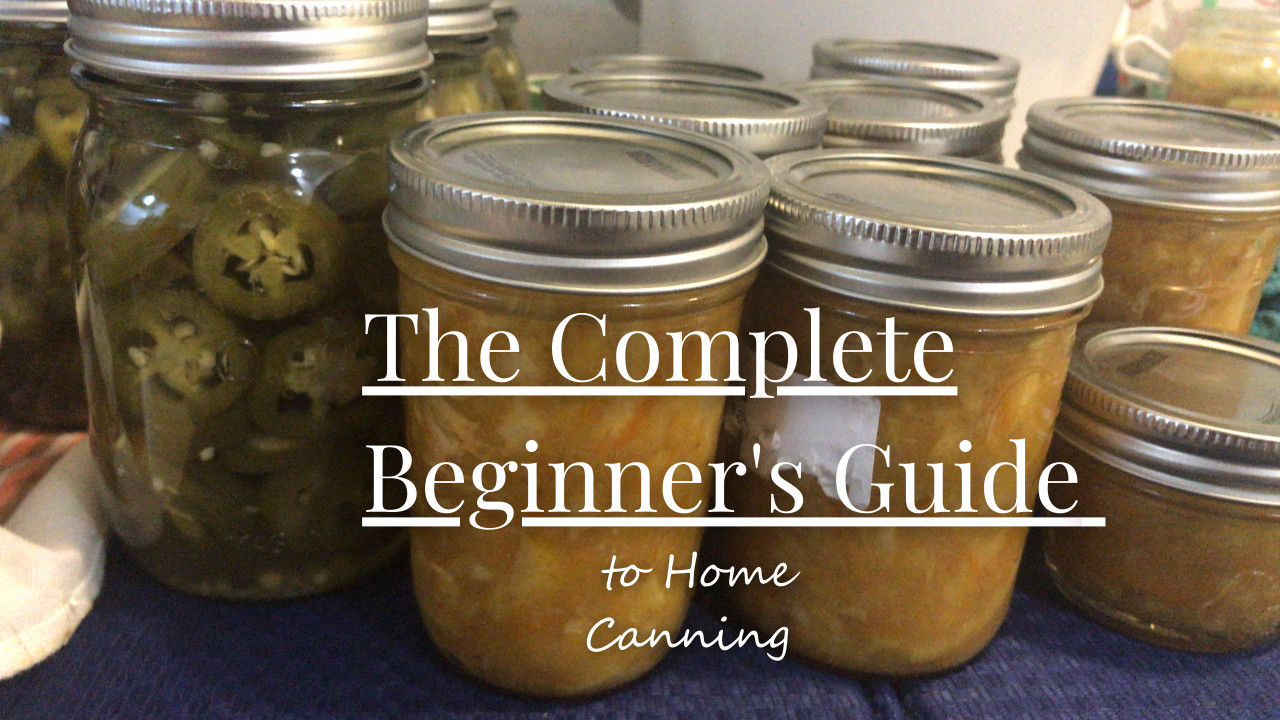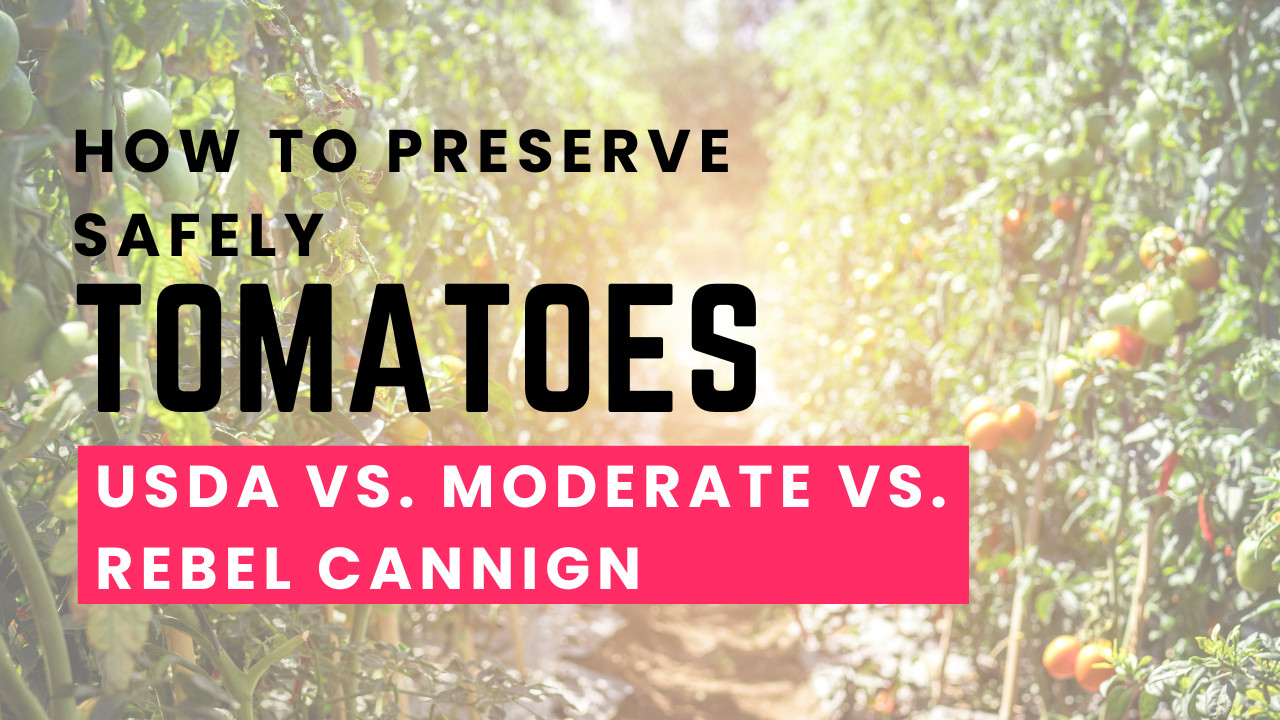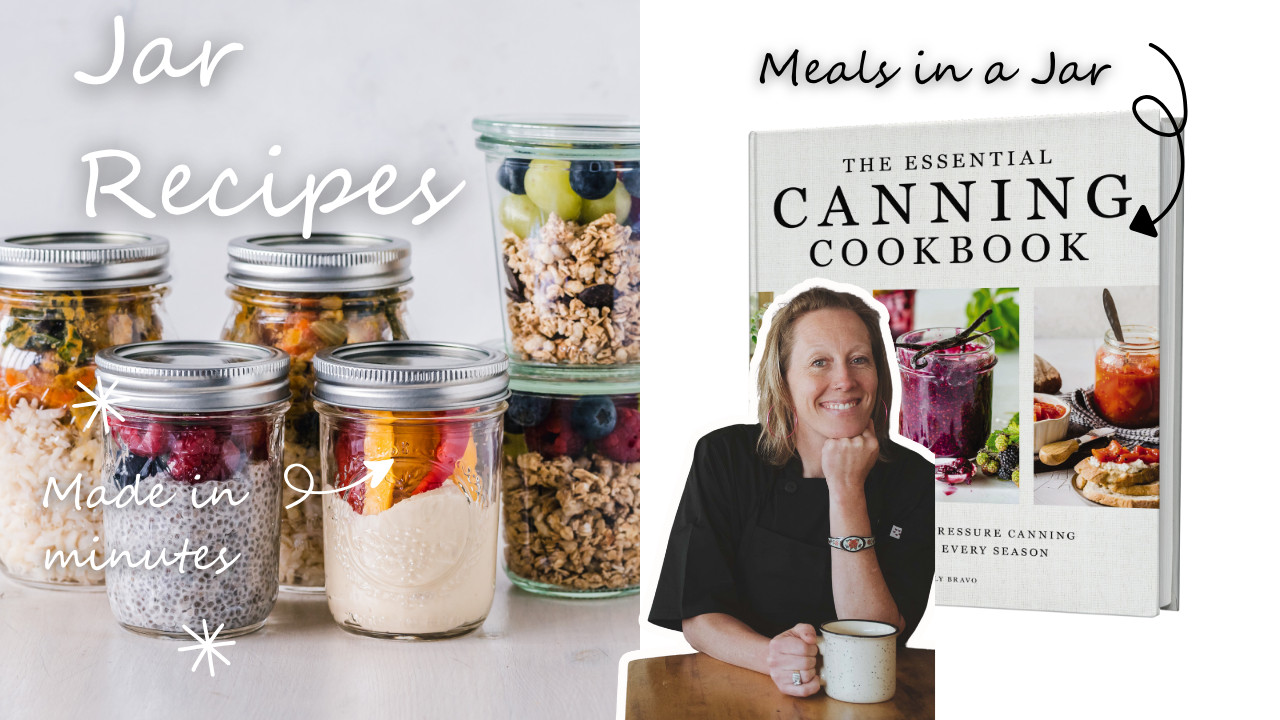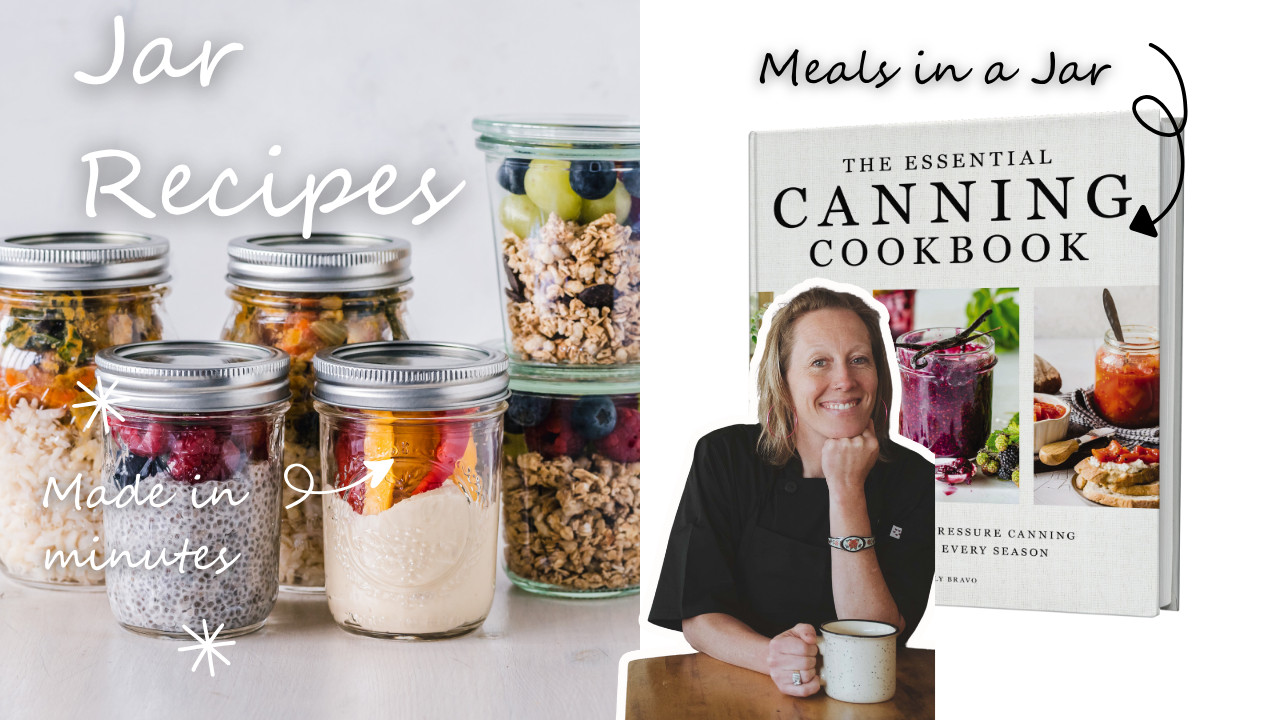
Learn how to make homemade sauerkraut with this easy, step-by-step fermentation guide! Discover the gut health benefits of sauerkraut, essential tools for fermentation, and expert tips to get the perfect tangy flavor. Watch our sauerkraut-making video and explore Wylder Space’s Nourishment Reset Mini Course to deepen your knowledge. Get started today! #fermentation #sauerkraut #guthealth #WylderSpace
Read more...
Discover the art of fermentation in Santa Cruz and how traditional methods like making kombucha, kimchi, and sourdough are transforming health and community. Learn about the benefits of probiotics, sustainable food practices, and the revival of ancient food traditions for a healthier, more connected lifestyle.
Read more...
What is the importance of food preservation in food security?
Discover why food preservation is a must-have skill in 2025! 🌿 With rising food costs, supply chain issues, and the decline of real food, it’s time to reclaim traditional methods like canning, fermenting, and dehydrating. Learn how food preservation enhances food security, gut health, and self-sufficiency while strengthening community ties. Get three actionable steps to start preserving food at home today!
#FoodPreservation #SelfSufficiency #RealFood #Canning #Fermentation #FoodSecurity #SustainableLiving #TraditionalCooking
Read more...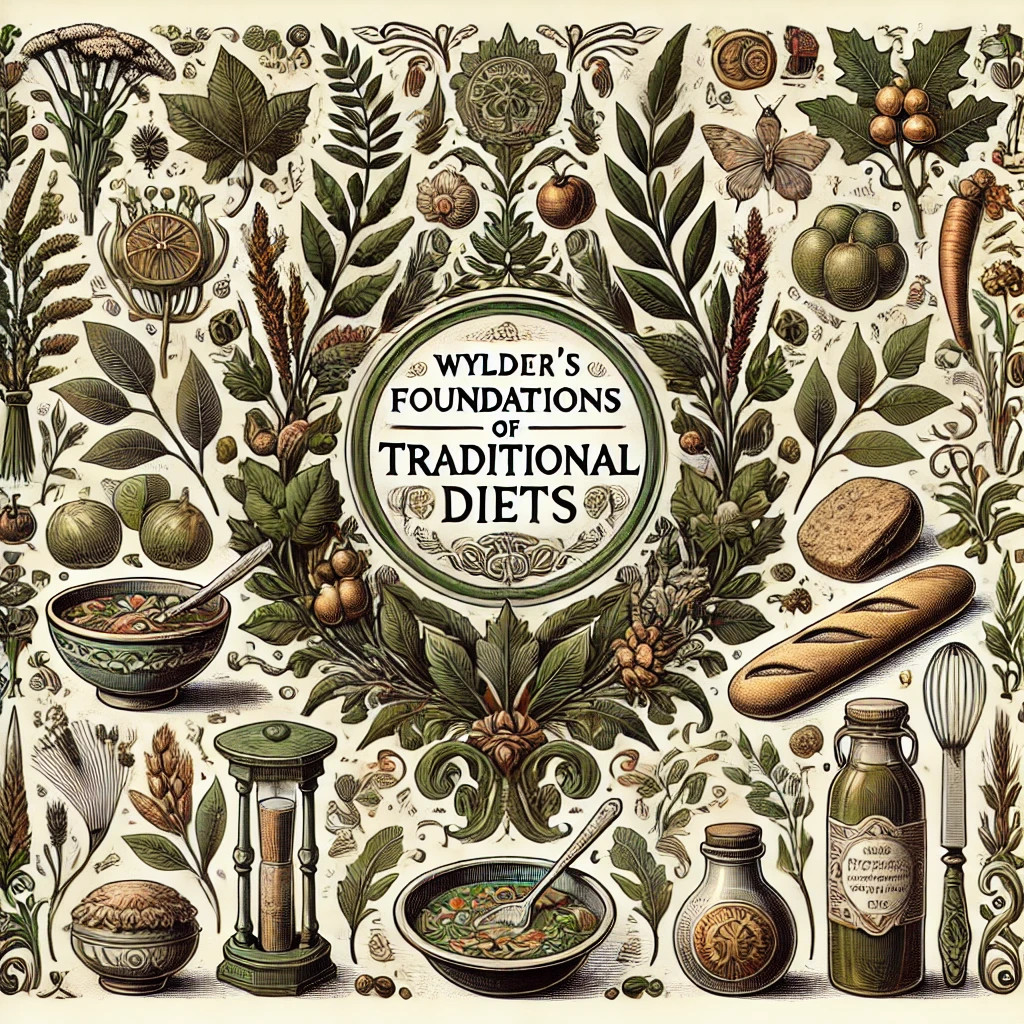
Discover why learning to live off the land like the pioneers is more important than ever. From self-reliance and food preservation to sustainable living and regenerative farming, this blog explores timeless skills that connect you to the earth and prepare you for the unexpected. Join our Back to Basics class and access 40+ cooking videos, expert insights, and a thriving community ready to help you embrace the art of homesteading and off-grid living. Perfect for modern homesteaders, farmers, and anyone seeking to get back to the basics. #SelfReliance #HomesteadingSkills #SustainableLiving
Read more...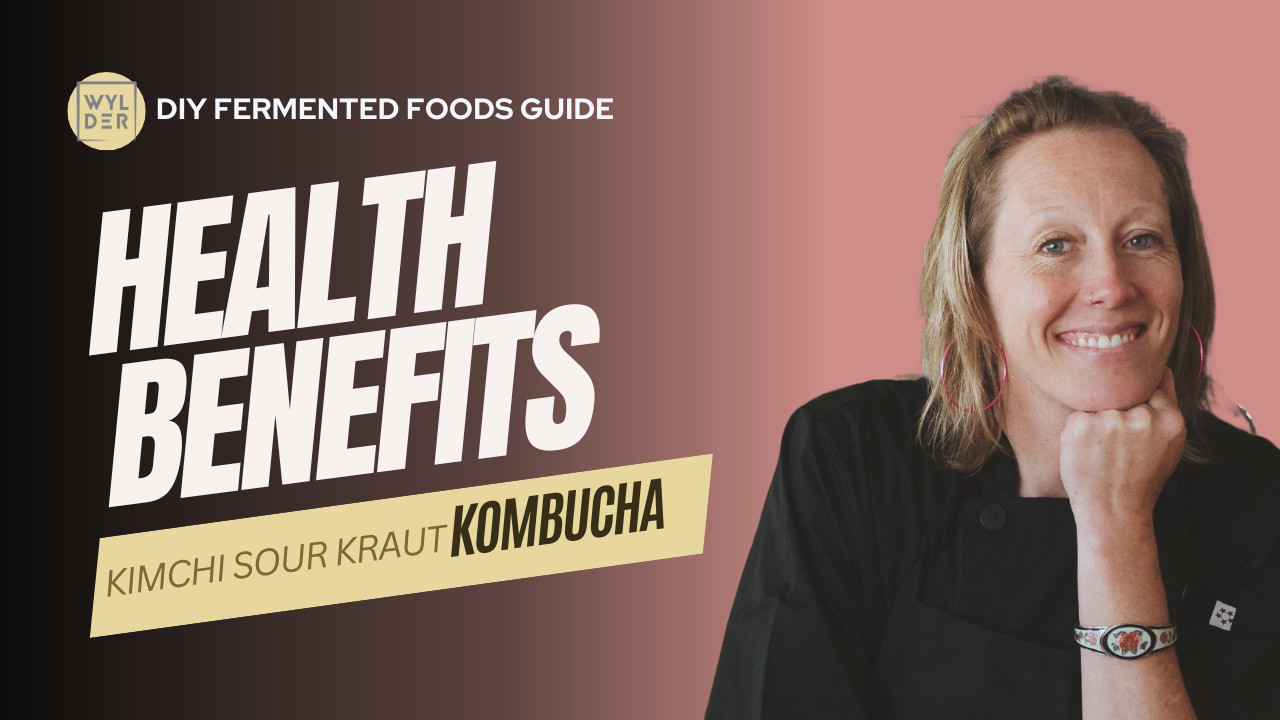
Discover the health-boosting benefits of fermented foods like kimchi, sauerkraut, and kombucha! This guide explores how these probiotic-rich foods support gut health, digestion, immunity, and overall wellness. Perfect for beginners interested in home fermentation, our Nourishing Traditions course starting December 2, 2024, at Wylder Space will teach you everything you need to know. Join our online community to start your journey toward better health and self-sufficiency today!
Read more...






